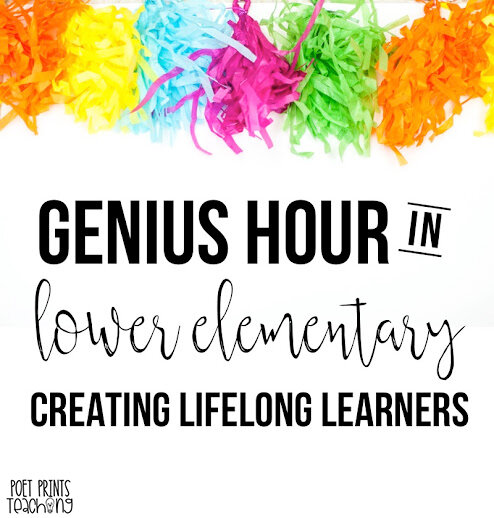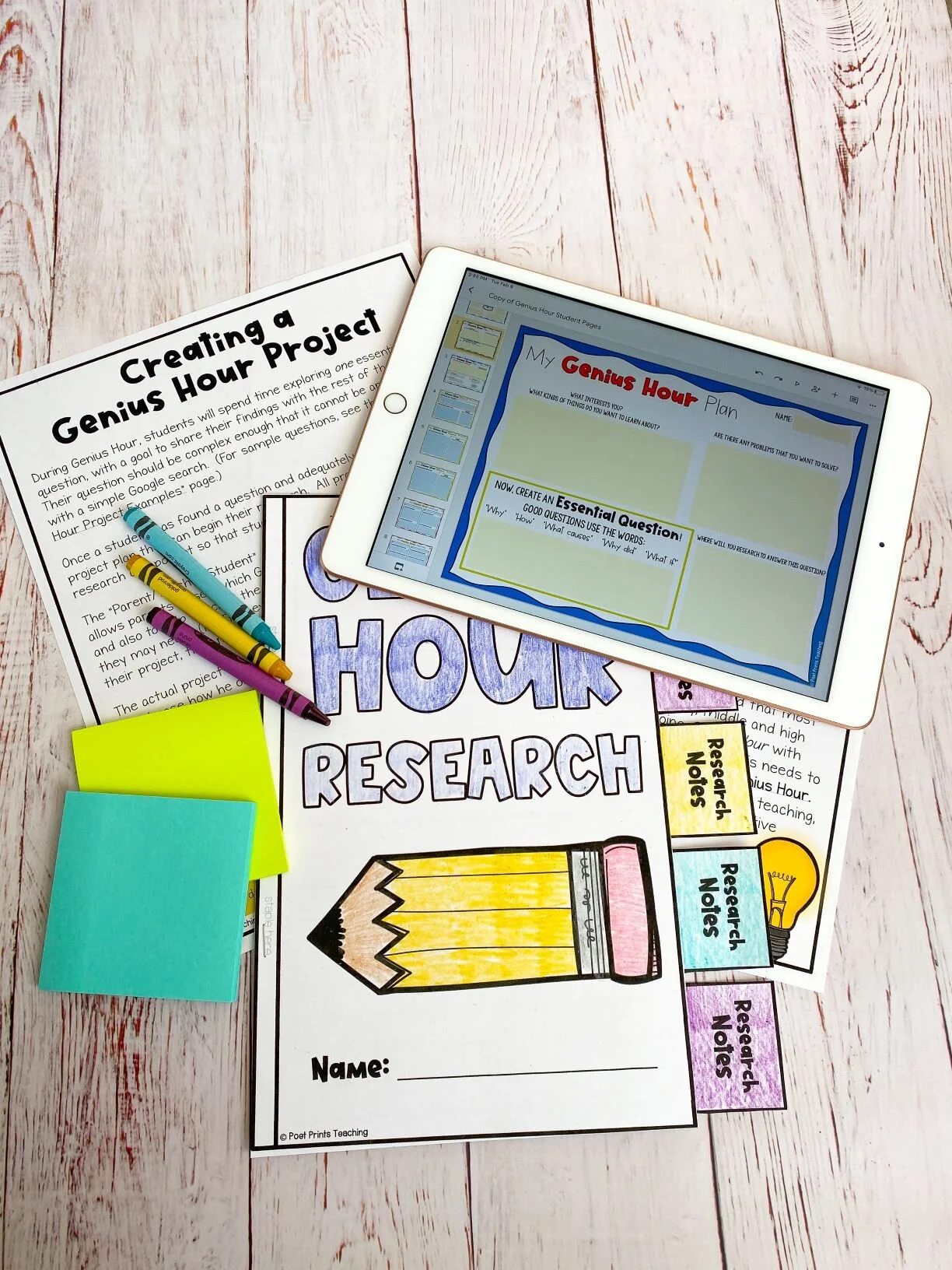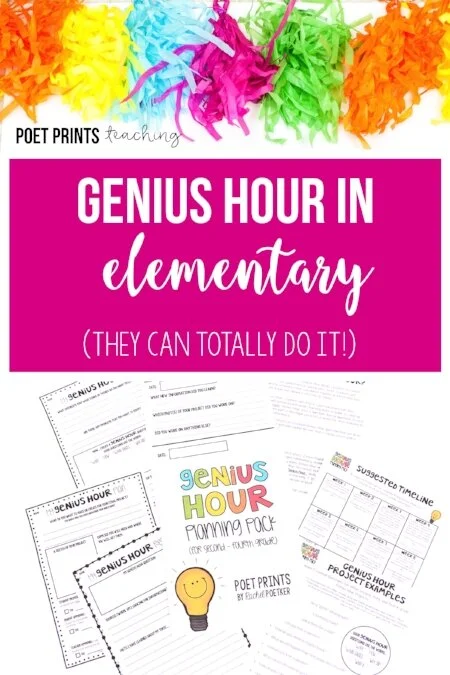I know I’ve said it before, but I love hands-on events in a classroom. I love creating learning moments that students will talk about for months (or years) to come. Last year, while learning how to make an inference in our reading curriculum my teaching partner and I decided to turn our classroom into an interactive crime scene to really dial up the excitement. We had such a fun day and the kids were buzzing about this inferencing activity it until they went home for summer break.
We decided to set the classroom up as a crime scene to help explore how making inferences is a lot like being a ‘detective’ when you read. When you read, you must use observations to draw a conclusion and read-between-the-lines of a story. At a crime scene, detectives have to use clues to figure out what happened, there is no obvious sign explaining everything.
Don’t forget to teach inferencing explicitly
Before we dove into the crime scenes themselves, both third-grade classrooms set the stage with a few explicit inferencing lessons. These lessons were KEY to make sure that students understood WHAT an inference is and HOW to create one. We used physical observations (of clothing, of each other, of pictures) and read wordless picture books to help students build a solid foundation and understand how to make an inference on their own. But, undoubtedly, the absolute highlight of our inferencing unit was our Crime Scene Classroom. Here are my top 4 tips for planning your own Crime Scene Day.
Tip 1: Make a list, check it twice
Be prepared. However you choose to set up the scenes in your classroom, have everything ready to go ahead of time. I would suggest preparing materials for each scene in a large Ziplock bag or ice-cream pail so that it is quick and easy to set up. If possible, choose Crime Scene scenarios that require very few additional supplies. Try brainstorming ‘crimes’ that can be committed with things you already have in your classroom. Are there any rules that you have in your classroom? What if the criminal broke one or two of them? I have also planned out 4 easy-to-assemble crime scenes in this packet. Store your supplies away so that they can be quickly accessed during a prep or recess break. I've laid out the supplies that I used in a convenient checklist in my Crime Scene Classroom packet.
Organization is key! The Crime Scene Class pack has detailed set-up instructions to make planning/set up so much easier.
Tip 2: Set up the scene in secret
I set up the crime scene during my prep time and made sure that none of my students knew about the activity before the walked through the door to begin solving crimes. The surprise on their faces when they came into our classroom was so worth it!
Setting up the class while students were at recess allowed them to be really surprised when they walked in! Do we look sneaky?
Tip 3: Set the stage for learning
Instead of handing students a workbook and telling them to go solve each crime, I would suggest getting into character and really setting the scene. This helps students to get excited about the event.
“Grade Three! Something terrible has happened in our classroom. Someone or many people have broken into our room and committed crimes. The police need your help to solve them. Will you be Junior Detectives for the day and help me to figure out what happened to our beloved classroom?”
The more engaged you are, the more engaged they will be in return.
Tip 4: Start the activity together
After I invited students to become Jr. Detectives for the day, we all entered the Crime Scene Classroom together, as one group. Then, we proceeded to the first scene together. Here, made observations and inferences as a group so that all students understood how to participate in the activity. By modeling this, students had a good understanding of how to visit each crime scene and make observations without rushing. (Well, most of them at least!)
Tip 5: Be prepared for early finishers
While most of my students moved carefully through each crime scene, one or two finished with lightning-speed. And the worst part… their work was well done! I quickly came up with a few tie-in activities to extend their learning.
Write a timeline of the crime
Draw a map of how each crime was committed
Write a first-person story about one of the crimes
We had so much fun completing our Crime Scene Day, and it was a great way to help students understand what it means to make an inference.
The plans for the complete Crime Scene Class (along with 2 scripted inferencing lessons, printable decor, planning pages and student workbooks) can be found here!
Have you tried a day like this? I’d love to hear your best tip in the comments below.



















